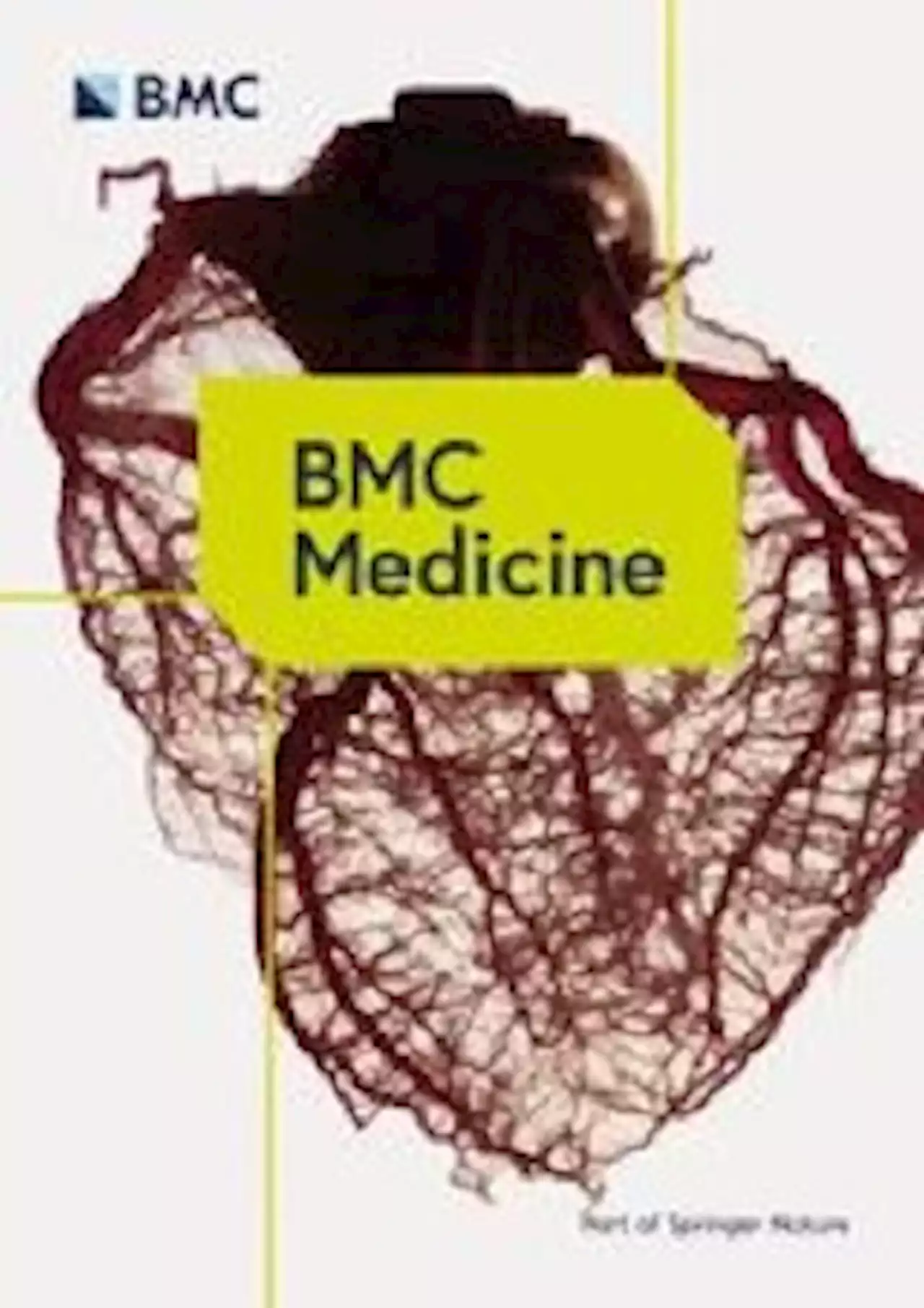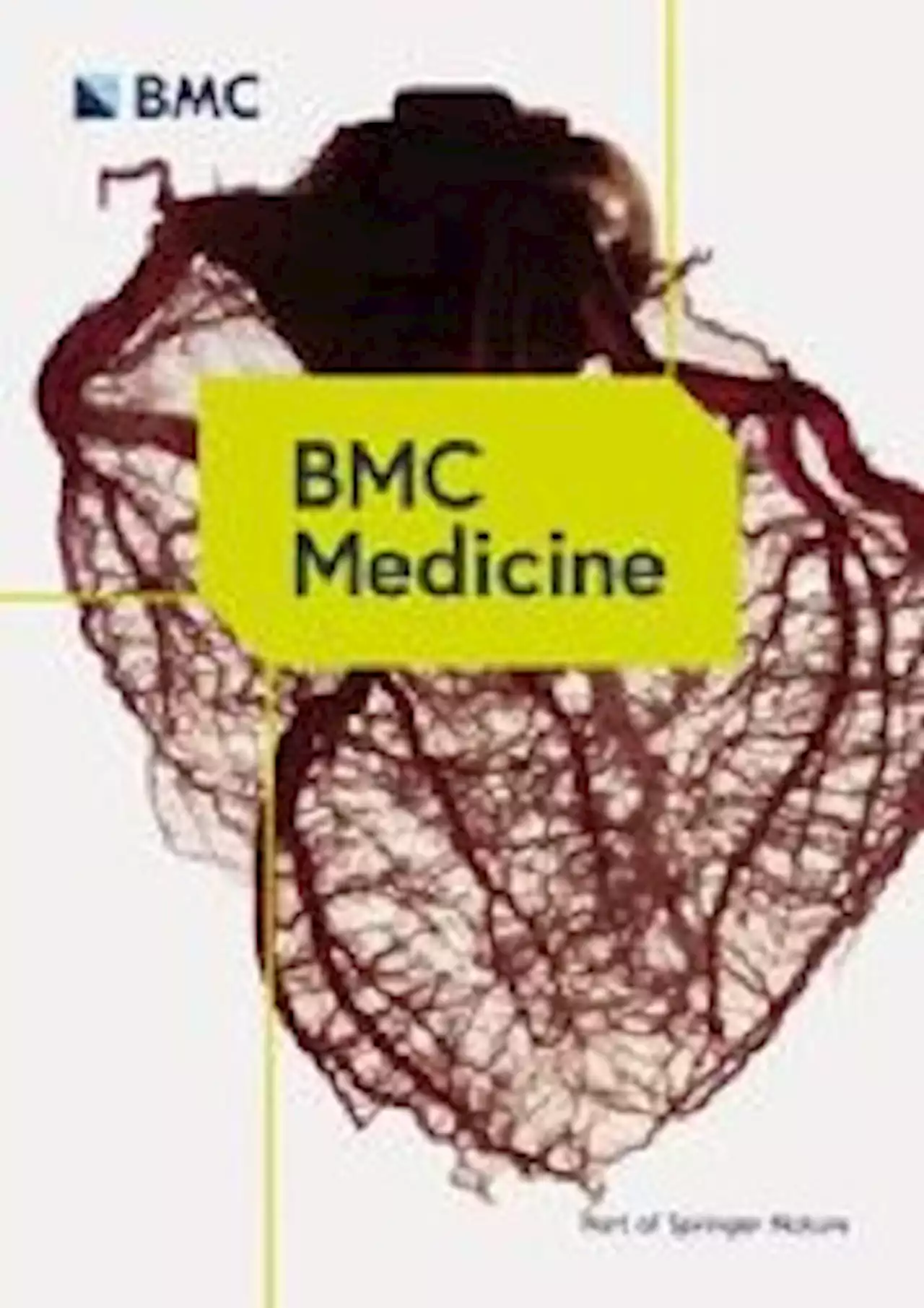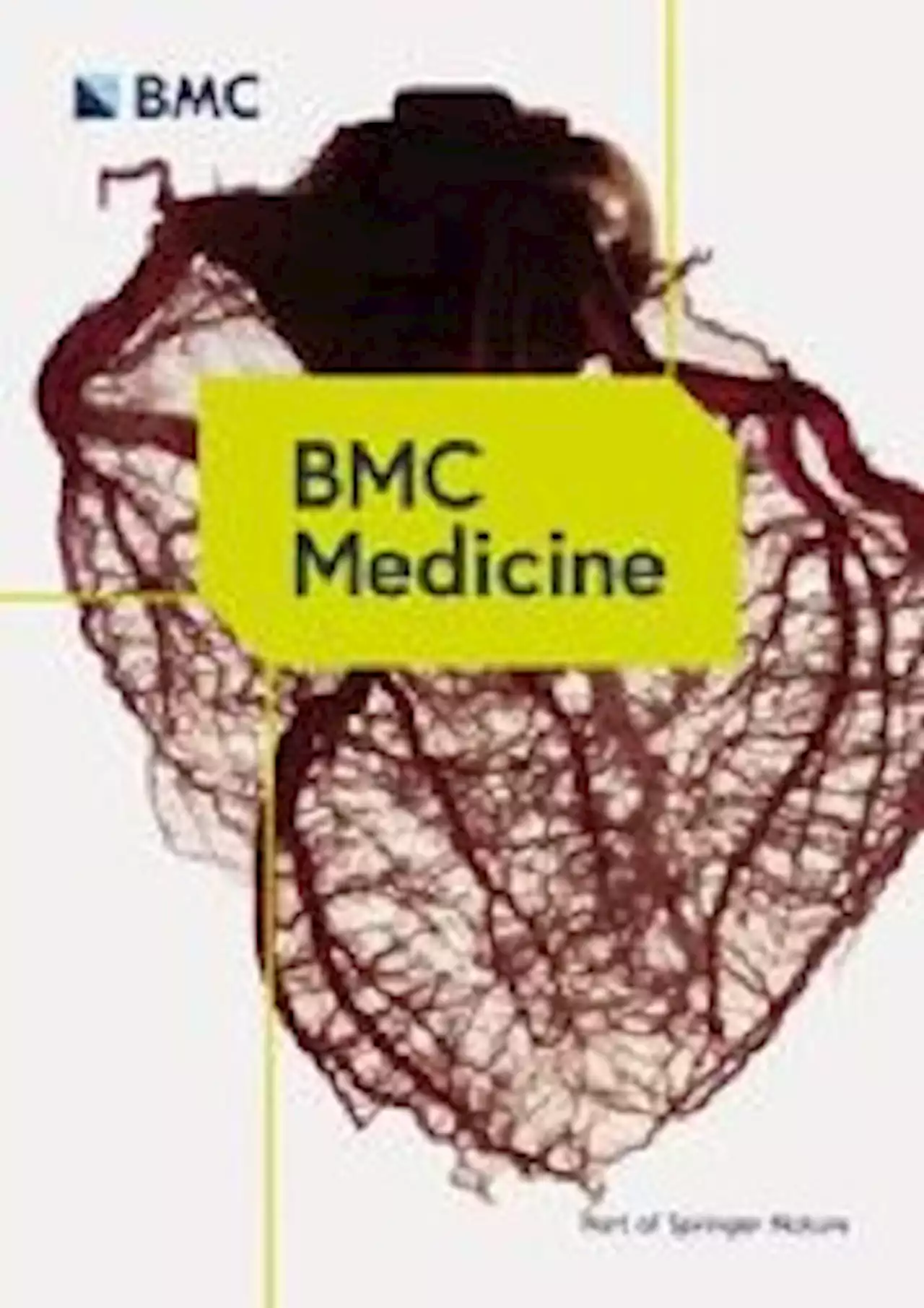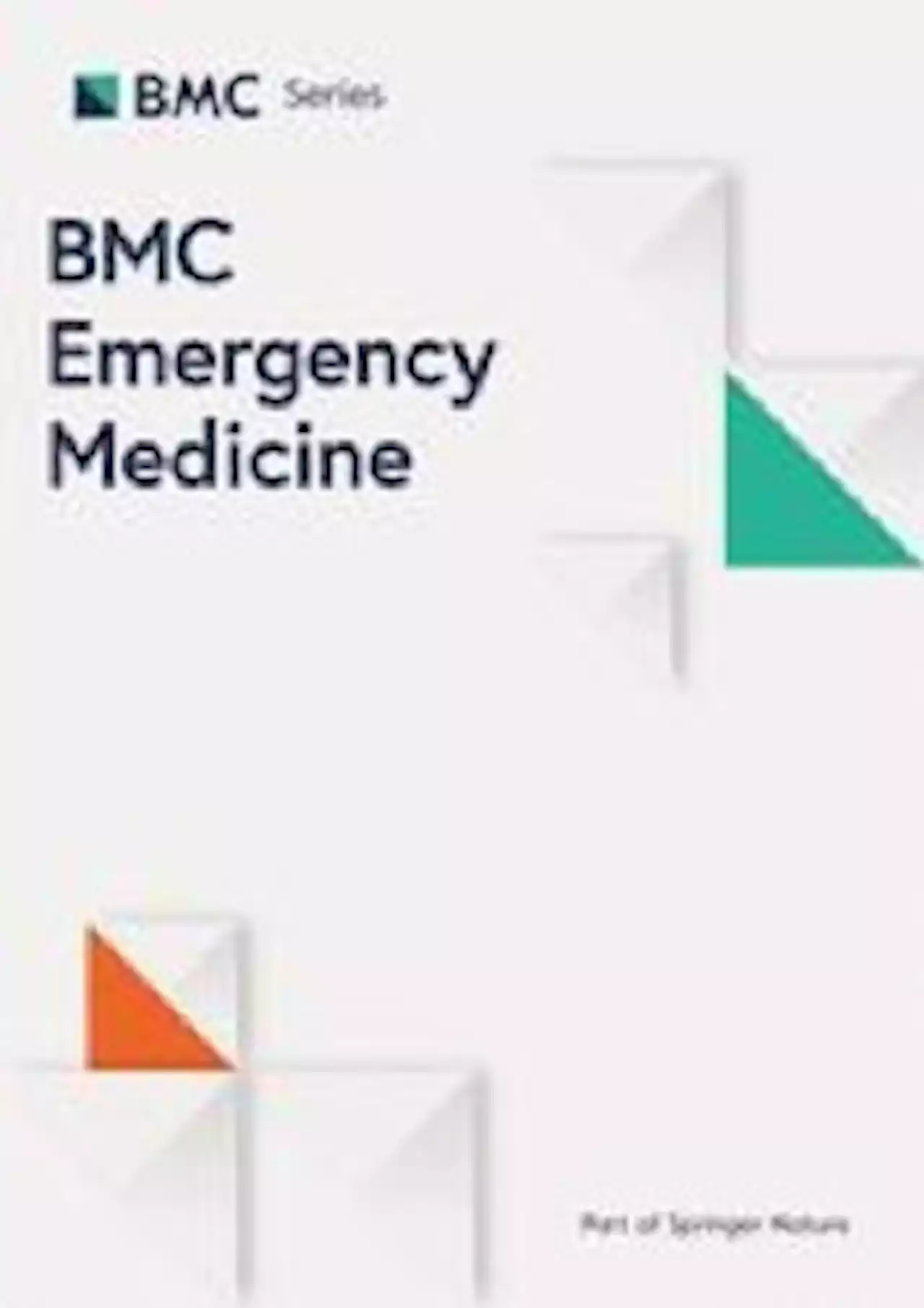For older people with minor head injuries, the patient’s social situation plays the dominant role in paramedic conveyance decision-making, reports a study conducted in the UK and published in BMCEmergMed
This theme was the most prevalent and included three subthemes: social situations and safety netting; guidelines; clinical support. It was a particularly rich theme with all three subthemes represented across all transcripts. It covered resources accessible to paramedics to support decision-making as well as those available to the patient such as the availability of family or carers.
Guidelines was the second most prominent subtheme. This covered areas such as anticoagulants, use of a head injury assessment tool embedded in the electronic patient record and the NICE HI guidelines. In general, participants found the guidelines to be clear, and felt that having a list of ‘red flags’ in the head injury tool was useful. However, participants also found the guidelines to be somewhat restrictive at times, with a tendency to limit paramedic autonomy and a bias towards conveyance.
The clinical support subtheme covered topics including being able to discuss with other clinicians, accessibility of services, referrals and wound care. Additional clinical support was a facilitator to non-conveyance when available, and a lack of availability was frequently mentioned as a barrier. Participants reported that patients were often conveyed to ED because the preferred alternative pathway was either closed or unable to accept the referral.
Being able to talk to a senior clinician was seen as a facilitator of non-conveyance. Participants found this especially helpful when stepping outside of guidelines in order to meet individual patient needs. Electronic referrals were less reassuring as participants were unsure whether it was ever followed up by someone due to a lack of feedback mechanisms.This was another rich theme represented across all transcripts. It had two subthemes: history and presentation; patient or family preferences.
United Kingdom Latest News, United Kingdom Headlines
Similar News:You can also read news stories similar to this one that we have collected from other news sources.
 Introducing the BMC Series SDG Editorial Board Members: Sutapa Neogi - BMC Series blogDr. Sutapa B. Neogi is Director and a public health specialist actively engaged in research and teaching at International Institute of Health Management Research (IIHMR), Delhi. She is MBBS from NRS Medical College, Kolkata, MD in Community Medicine from PGIMER, Chandigarh and DNB in Maternal and Child Health. She has a rich experience in public health and is particularly interested in implementation of projects that is relevant to national policies and programmes. She has authored several research papers and is a reviewer of many national and international journals. She has written a Book titled “Gender before Birth in India (Role of Indigenous and Traditional Medicines)”, published by Springer. She has been recently conferred with “Best Women Researcher in Public Health” award for her outstanding contribution in the field of public health by GISR; “Most Inspiring Women Leaders Award” for Nurturing Researchers to Transform Healthcare by TradeFloc and “Healthy India Health Ambassador Award” by Swasth Bharat Trust on National Doctor’s Day, 2022 for her outstanding contribution in the field of public health.
Introducing the BMC Series SDG Editorial Board Members: Sutapa Neogi - BMC Series blogDr. Sutapa B. Neogi is Director and a public health specialist actively engaged in research and teaching at International Institute of Health Management Research (IIHMR), Delhi. She is MBBS from NRS Medical College, Kolkata, MD in Community Medicine from PGIMER, Chandigarh and DNB in Maternal and Child Health. She has a rich experience in public health and is particularly interested in implementation of projects that is relevant to national policies and programmes. She has authored several research papers and is a reviewer of many national and international journals. She has written a Book titled “Gender before Birth in India (Role of Indigenous and Traditional Medicines)”, published by Springer. She has been recently conferred with “Best Women Researcher in Public Health” award for her outstanding contribution in the field of public health by GISR; “Most Inspiring Women Leaders Award” for Nurturing Researchers to Transform Healthcare by TradeFloc and “Healthy India Health Ambassador Award” by Swasth Bharat Trust on National Doctor’s Day, 2022 for her outstanding contribution in the field of public health.
Read more »
 Consumption of coffee and tea with all-cause and cause-specific mortality: a prospective cohort study - BMC MedicineBackground Previous studies suggested that moderate coffee and tea consumption are associated with lower risk of mortality. However, the association between the combination of coffee and tea consumption with the risk of mortality remains unclear. This study aimed to evaluate the separate and combined associations of coffee and tea consumption with all-cause and cause-specific mortality. Methods This prospective cohort study included 498,158 participants (37–73 years) from the UK Biobank between 2006 and 2010. Coffee and tea consumption were assessed at baseline using a self-reported questionnaire. All-cause and cause-specific mortalities, including cardiovascular disease (CVD), respiratory disease, and digestive disease mortality, were obtained from the national death registries. Cox regression analyses were conducted to estimate hazard ratios (HRs) and 95% confidence intervals (CIs). Results After a median follow-up of 12.1 years, 34,699 deaths were identified. The associations of coffee and tea consumption with all-cause and cause-specific mortality attributable to CVD, respiratory disease, and digestive disease were nonlinear (all P nonlinear | 0.001). The association between separate coffee consumption and the risk of all-cause mortality was J-shaped, whereas that of separate tea consumption was reverse J-shaped. Drinking one cup of coffee or three cups of tea per day seemed to link with the lowest risk of mortality. In joint analyses, compared to neither coffee nor tea consumption, the combination of | 1–2 cups/day of coffee and 2–4 cups/day of tea had lower mortality risks for all-cause (HR, 0.78; 95% CI: 0.73–0.85), CVD (HR, 0.76; 95% CI: 0.64–0.91), and respiratory disease (HR, 0.69; 95% CI: 0.57–0.83) mortality. Nevertheless, the lowest HR (95% CI) of drinking both | 1–2 cup/day of coffee and ≥ 5 cups/day of tea for digestive disease mortality was 0.42 (0.34–0.53). Conclusions In this large prospective study, separate and combined coffee and tea consumption
Consumption of coffee and tea with all-cause and cause-specific mortality: a prospective cohort study - BMC MedicineBackground Previous studies suggested that moderate coffee and tea consumption are associated with lower risk of mortality. However, the association between the combination of coffee and tea consumption with the risk of mortality remains unclear. This study aimed to evaluate the separate and combined associations of coffee and tea consumption with all-cause and cause-specific mortality. Methods This prospective cohort study included 498,158 participants (37–73 years) from the UK Biobank between 2006 and 2010. Coffee and tea consumption were assessed at baseline using a self-reported questionnaire. All-cause and cause-specific mortalities, including cardiovascular disease (CVD), respiratory disease, and digestive disease mortality, were obtained from the national death registries. Cox regression analyses were conducted to estimate hazard ratios (HRs) and 95% confidence intervals (CIs). Results After a median follow-up of 12.1 years, 34,699 deaths were identified. The associations of coffee and tea consumption with all-cause and cause-specific mortality attributable to CVD, respiratory disease, and digestive disease were nonlinear (all P nonlinear | 0.001). The association between separate coffee consumption and the risk of all-cause mortality was J-shaped, whereas that of separate tea consumption was reverse J-shaped. Drinking one cup of coffee or three cups of tea per day seemed to link with the lowest risk of mortality. In joint analyses, compared to neither coffee nor tea consumption, the combination of | 1–2 cups/day of coffee and 2–4 cups/day of tea had lower mortality risks for all-cause (HR, 0.78; 95% CI: 0.73–0.85), CVD (HR, 0.76; 95% CI: 0.64–0.91), and respiratory disease (HR, 0.69; 95% CI: 0.57–0.83) mortality. Nevertheless, the lowest HR (95% CI) of drinking both | 1–2 cup/day of coffee and ≥ 5 cups/day of tea for digestive disease mortality was 0.42 (0.34–0.53). Conclusions In this large prospective study, separate and combined coffee and tea consumption
Read more »
 The effect of high-polyphenol Mediterranean diet on visceral adiposity: the DIRECT PLUS randomized controlled trial - BMC MedicineBackground Mediterranean (MED) diet is a rich source of polyphenols, which benefit adiposity by several mechanisms. We explored the effect of the green-MED diet, twice fortified in dietary polyphenols and lower in red/processed meat, on visceral adipose tissue (VAT). Methods In the 18-month Dietary Intervention Randomized Controlled Trial PoLyphenols UnproceSsed (DIRECT-PLUS) weight-loss trial, 294 participants were randomized to (A) healthy dietary guidelines (HDG), (B) MED, or (C) green-MED diets, all combined with physical activity. Both isocaloric MED groups consumed 28 g/day of walnuts (+ 440 mg/day polyphenols). The green-MED group further consumed green tea (3–4 cups/day) and Wolffia globosa (duckweed strain) plant green shake (100 g frozen cubes/day) (+ 800mg/day polyphenols) and reduced red meat intake. We used magnetic resonance imaging (MRI) to quantify the abdominal adipose tissues. Results Participants (age=51 years; 88% men; body mass index=31.2 kg/m2; 29% VAT) had an 89.8% retention rate and 79.3% completed eligible MRIs. While both MED diets reached similar moderate weight (MED: − 2.7%, green-MED: − 3.9%) and waist circumference (MED: − 4.7%, green-MED: − 5.7%) loss, the green-MED dieters doubled the VAT loss (HDG: − 4.2%, MED: − 6.0%, green-MED: − 14.1%; p | 0.05, independent of age, sex, waist circumference, or weight loss). Higher dietary consumption of green tea, walnuts, and Wolffia globosa; lower red meat intake; higher total plasma polyphenols (mainly hippuric acid), and elevated urine urolithin A polyphenol were significantly related to greater VAT loss (p | 0.05, multivariate models). Conclusions A green-MED diet, enriched with plant-based polyphenols and lower in red/processed meat, may be a potent intervention to promote visceral adiposity regression. Trial registration ClinicalTrials.gov , NCT03020186
The effect of high-polyphenol Mediterranean diet on visceral adiposity: the DIRECT PLUS randomized controlled trial - BMC MedicineBackground Mediterranean (MED) diet is a rich source of polyphenols, which benefit adiposity by several mechanisms. We explored the effect of the green-MED diet, twice fortified in dietary polyphenols and lower in red/processed meat, on visceral adipose tissue (VAT). Methods In the 18-month Dietary Intervention Randomized Controlled Trial PoLyphenols UnproceSsed (DIRECT-PLUS) weight-loss trial, 294 participants were randomized to (A) healthy dietary guidelines (HDG), (B) MED, or (C) green-MED diets, all combined with physical activity. Both isocaloric MED groups consumed 28 g/day of walnuts (+ 440 mg/day polyphenols). The green-MED group further consumed green tea (3–4 cups/day) and Wolffia globosa (duckweed strain) plant green shake (100 g frozen cubes/day) (+ 800mg/day polyphenols) and reduced red meat intake. We used magnetic resonance imaging (MRI) to quantify the abdominal adipose tissues. Results Participants (age=51 years; 88% men; body mass index=31.2 kg/m2; 29% VAT) had an 89.8% retention rate and 79.3% completed eligible MRIs. While both MED diets reached similar moderate weight (MED: − 2.7%, green-MED: − 3.9%) and waist circumference (MED: − 4.7%, green-MED: − 5.7%) loss, the green-MED dieters doubled the VAT loss (HDG: − 4.2%, MED: − 6.0%, green-MED: − 14.1%; p | 0.05, independent of age, sex, waist circumference, or weight loss). Higher dietary consumption of green tea, walnuts, and Wolffia globosa; lower red meat intake; higher total plasma polyphenols (mainly hippuric acid), and elevated urine urolithin A polyphenol were significantly related to greater VAT loss (p | 0.05, multivariate models). Conclusions A green-MED diet, enriched with plant-based polyphenols and lower in red/processed meat, may be a potent intervention to promote visceral adiposity regression. Trial registration ClinicalTrials.gov , NCT03020186
Read more »
 Plant-based dietary patterns defined by a priori indices and colorectal cancer risk by sex and race/ethnicity: the Multiethnic Cohort Study - BMC MedicineBackground Plant-based diets assessed by a priori indices are associated with health outcomes. This study investigated the associations between pre-defined indices of plant-based diets and risk of colorectal cancer (CRC) and evaluated whether the association varies by sex, race and ethnicity, and anatomic subsite of tumors. Methods A total of 79,952 men and 93,475 women who participated in the Multiethnic Cohort Study were included. Primary outcome was incidence of invasive CRC. Cox models were used to estimate the risk of CRC across quintiles of three plant-based diet scores: overall plant-based diet index (PDI), healthful plant-based diet index (hPDI), and unhealthful plant-based diet index (uPDI). Results During a mean follow-up of 19.2 years, 4976 incident CRC were identified. Among men, multivariable-adjusted HR (95% CI) for the highest vs. lowest quintiles was 0.77 (0.67–0.88) for PDI, and 0.80 (0.70–0.91) for hPDI, while no significant association was found for uPDI among men and for all indices among women. In men, the inverse association for PDI was stronger in Japanese American, Native Hawaiian, and White groups than African American or Latino group (P for heterogeneity = 0.01) and for left colon and rectal tumors than right tumors (P for heterogeneity = 0.005), whereas the decreased risk with hPDI was found consistently across racial and ethnic groups and subsites. Conclusions Greater adherence to plant-based diets rich in healthy plant foods and low in less healthy plant foods is associated with a reduced risk of CRC in men, but not in women. The strength of the association among men may vary by race and ethnicity and anatomic subsite of tumors.
Plant-based dietary patterns defined by a priori indices and colorectal cancer risk by sex and race/ethnicity: the Multiethnic Cohort Study - BMC MedicineBackground Plant-based diets assessed by a priori indices are associated with health outcomes. This study investigated the associations between pre-defined indices of plant-based diets and risk of colorectal cancer (CRC) and evaluated whether the association varies by sex, race and ethnicity, and anatomic subsite of tumors. Methods A total of 79,952 men and 93,475 women who participated in the Multiethnic Cohort Study were included. Primary outcome was incidence of invasive CRC. Cox models were used to estimate the risk of CRC across quintiles of three plant-based diet scores: overall plant-based diet index (PDI), healthful plant-based diet index (hPDI), and unhealthful plant-based diet index (uPDI). Results During a mean follow-up of 19.2 years, 4976 incident CRC were identified. Among men, multivariable-adjusted HR (95% CI) for the highest vs. lowest quintiles was 0.77 (0.67–0.88) for PDI, and 0.80 (0.70–0.91) for hPDI, while no significant association was found for uPDI among men and for all indices among women. In men, the inverse association for PDI was stronger in Japanese American, Native Hawaiian, and White groups than African American or Latino group (P for heterogeneity = 0.01) and for left colon and rectal tumors than right tumors (P for heterogeneity = 0.005), whereas the decreased risk with hPDI was found consistently across racial and ethnic groups and subsites. Conclusions Greater adherence to plant-based diets rich in healthy plant foods and low in less healthy plant foods is associated with a reduced risk of CRC in men, but not in women. The strength of the association among men may vary by race and ethnicity and anatomic subsite of tumors.
Read more »
 How SARS-CoV-2 immune responses vary by population due to environmental and genetic factorsHow SARS-CoV-2 immune responses vary by population due to environmental and genetic factors Coronavirus Disease COVID Genetics Environmental SARSCoV2 biorxivpreprint HKUniversity RockefellerUniv ugent waynestate institutpasteur
How SARS-CoV-2 immune responses vary by population due to environmental and genetic factorsHow SARS-CoV-2 immune responses vary by population due to environmental and genetic factors Coronavirus Disease COVID Genetics Environmental SARSCoV2 biorxivpreprint HKUniversity RockefellerUniv ugent waynestate institutpasteur
Read more »
 Medicine Man display: Wellcome Collection museum in London shuts 'racist and sexist' medical history exhibitionThe Wellcome Collection's display, called Medicine Man, includes objects relating to sex, birth and death, and anatomical models in wood, ivory and wax dating back to the 17th century.
Medicine Man display: Wellcome Collection museum in London shuts 'racist and sexist' medical history exhibitionThe Wellcome Collection's display, called Medicine Man, includes objects relating to sex, birth and death, and anatomical models in wood, ivory and wax dating back to the 17th century.
Read more »
